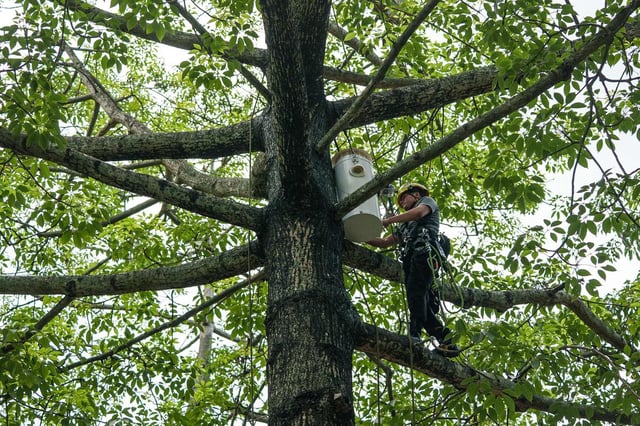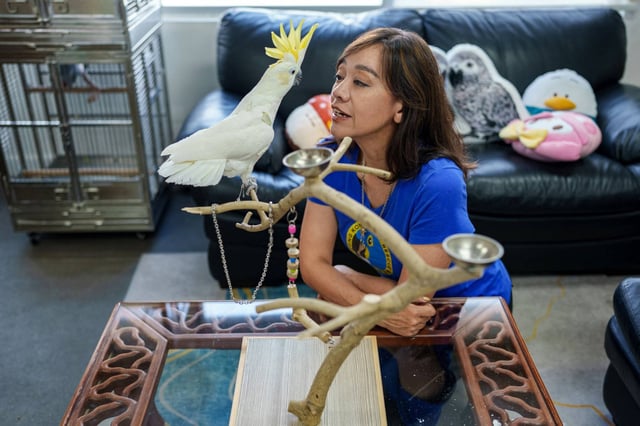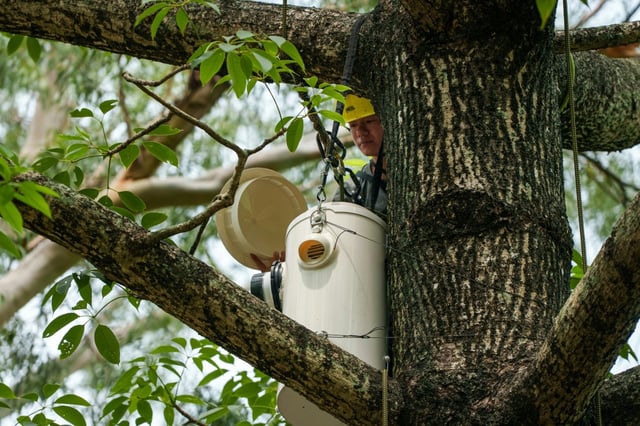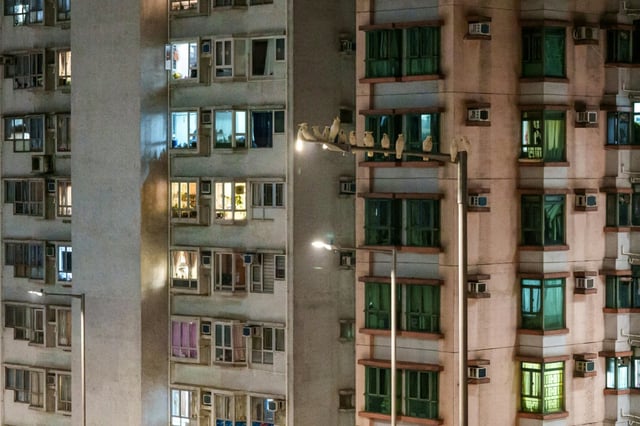Overview
- Artificial boxes modeled on tree hollows are being installed across the city, with roughly 50 planned and cameras to track nesting behavior.
- About 80% of suitable cavities were lost to typhoon damage and government pruning, and counts now show far fewer juveniles than a decade ago.
- A new diet-based forensic assay aims to indicate whether a bird was recently taken from the wild, strengthening enforcement of the 2005 ban on trading wild-caught cockatoos.
- Reporters found yellow-crested cockatoos shown only on request at bird markets, with a one-year-old priced at HK$56,000, raising concerns about illicit sales as no licensed breeders operate locally.
- With only an estimated 1,200–2,000 birds left worldwide, Hong Kong’s flock accounts for about one-tenth of the species and may preserve genetic lineages valuable for future recovery.



